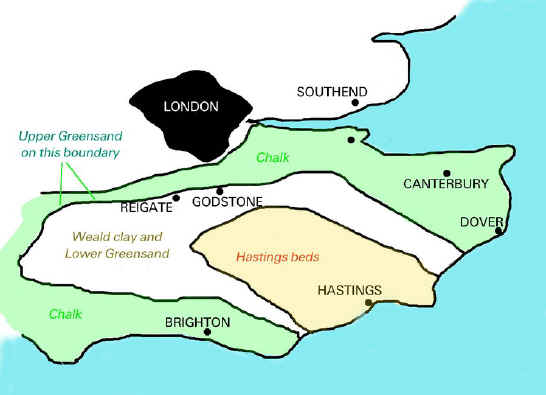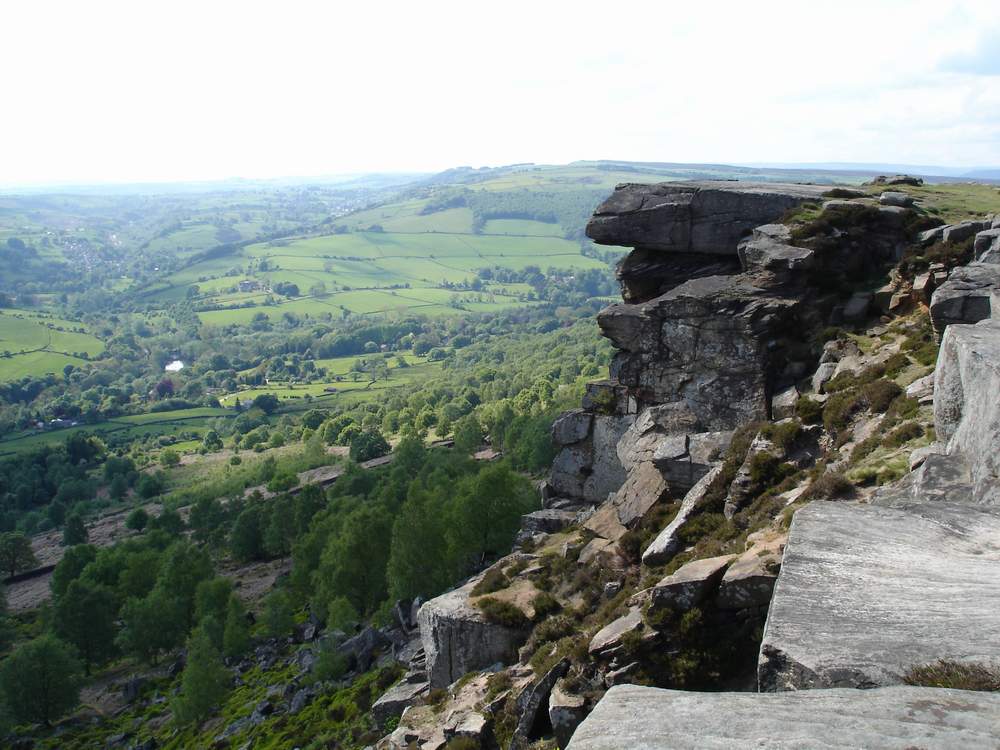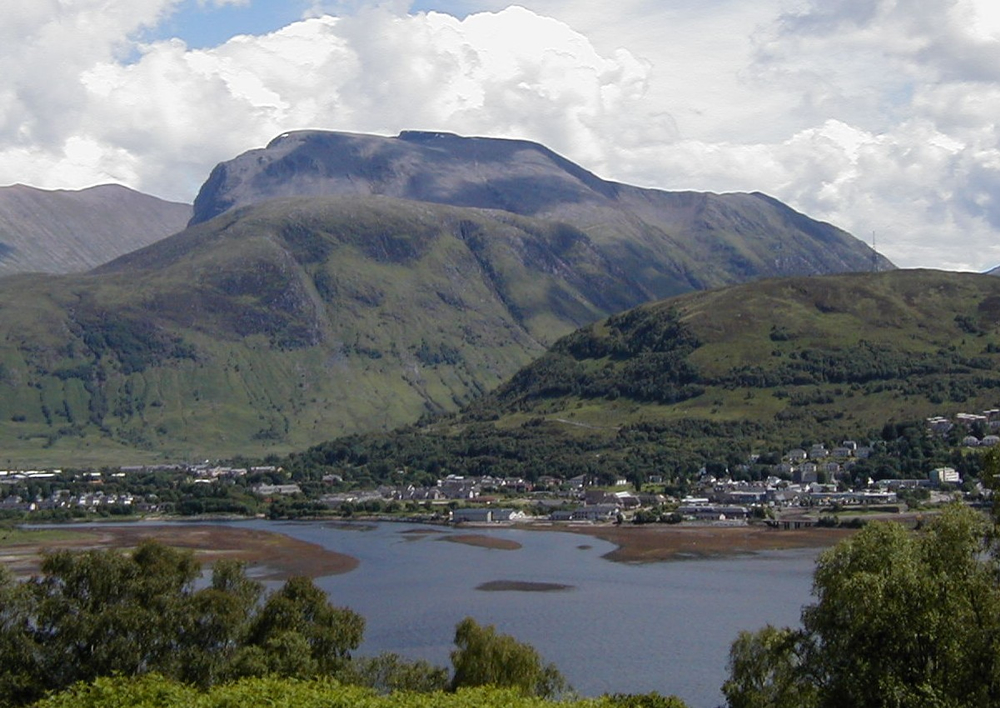 After the Wall Street Crash, America gave Germany 90 days to start to re-pay money loaned to her. No other world power had the money to give Germany cash injections. Britain and France were still recovering from the First World War and the Wall Street Crash was to have an impact on industrial Britain. Stalin’s Russia was still in a desperate state and embarking on the 5 year plans. Therefore, an impoverished Weimar Germany could only call on America for help and she was effectively bankrupt by the end of 1929 and quite incapable of lending money.
After the Wall Street Crash, America gave Germany 90 days to start to re-pay money loaned to her. No other world power had the money to give Germany cash injections. Britain and France were still recovering from the First World War and the Wall Street Crash was to have an impact on industrial Britain. Stalin’s Russia was still in a desperate state and embarking on the 5 year plans. Therefore, an impoverished Weimar Germany could only call on America for help and she was effectively bankrupt by the end of 1929 and quite incapable of lending money.Companies throughout Germany - though primarily in the industrial zones such as the Ruhr - went bankrupt and workers were laid off in their millions. Unemployment affected nearly every German family just 6 years after the last major economic disaster - hyperinflation - had hit Weimar.The Weimar Republic was devastated by Wall Street Crash of October 1929 and the Great Depression that followed. The Crash had a devastating impact on the American economy but because America had propped up the Weimar Republic with huge loans in 1924 (the Dawes Plan) and in 1929 (the Young Plan), what happened to the American economy had to impact the Weimar Republic's economy.
Both plans had loaned Weimar money to prop up the country’s economy - especially after the experiences of hyperinflation in 1923. Now America needed those loans back to assist her faltering economy.

Gustav Stresemann was born in 1878 and died in 1929. Stresemann took Weimar Germany out of its darkest hour – hyperinflation – to the so-called ‘Golden Years of Weimar’. He died just before the event that was to have a terminal impact on the Weimar Republic – the Wall Street Crash of 1929.
Stresemann was born in Berlin. In 1906, at the age of 28, he became a Reichstag deputy and he was elected the leader of the National Liberal Party in 1917. He later re-named this party the Peoples’ Party in 1919.Stresemann had died in 1929, but shortly before he died even he admitted that the German economy was a lot more fragile than some would have liked to accept. In the 1920s, there was a rapid growth in bank credit and loans. Encouraged by the strength of the economy people felt the stock market was a one way bet. Some consumers borrowed to buy shares. Firms took out more loans for expansion. Because people became highly indebted, it meant they became more susceptible to a change in confidence. When that change of confidence came in 1929, those who had borrowed were particularly exposed and joined the rush to sell shares and try and redeem their debts.
Buying on the MarginRelated to buying on credit was the practise of buying shares on the margin. This meant you only had to pay 10 or 20% of the value of the shares; it meant you were borrowing 80-90% of the value of the shares. This enabled more money to be put into shares, increasing their value. It is said there were many ‘margin millionaire’ investors. They had made huge profits by buying on the margin and watching share prices rise. But, it left investors very exposed when prices fell. These margin millionaires got wiped out when the stock market fall came. It also affected those banks and investors who had lent money to those buying on the margin.
A lot of the Stock Market crash can be blamed on over exuberance and false expectations. In the years leading up to 1929, the stock market offered the potential for making huge gains in wealth. It was the new gold rush. People bought shares with the expectations of making more money. As share prices rose, people started to borrow money to invest in the stock market. The market got caught up in a speculative bubble. – Shares kept rising and people felt they would continue to do so. The problem was that stock prices became divorced from the real potential earnings of the share prices. Prices were not being driven by economic fundamentals but the optimism / exuberance of investors. The average earning per share rose by 400% between 1923 and 1929. Yet, those who questioned the value of shares were often labelled doom-mongers.
This was not the first investment bubble, nor was it the last. Most recently we saw a similar phenomena in the dot com bubble.
In March 1929, the stock market saw its first major reverse, but this mini-panic was overcome leading to a strong rebound in the summer of 1929. By October 1929, shares were grossly overvalued. When some companies posted disappointing results on October 24 (Black Thursday), some investors started to feel this would be a good time to cash in on their profits; share prices began to fall and panic selling caused prices to fall sharply. Financiers, such as JP Morgan tried to restore confidence by buying shares to prop up prices. But, this failed to alter the rapid change in market sentiment. On October 29(Black Tuesday) share prices fell by $40 billion in a single day. By 1930 the value of shares had fallen by 90%. The bull market had been replaced by a bear market.
Mismatch between production and consumption
The 1920s saw great strides in production techniques, especially in industries like automobiles. The production line enable economies of scale and great increases in production. However, demand for buying expensive cars and consumer goods were struggling to keep up. Therefore, towards the end of the 1920s many firms were struggling to sell all their production. This caused some of the disappointing profit results which precipitated falls in share prices.










